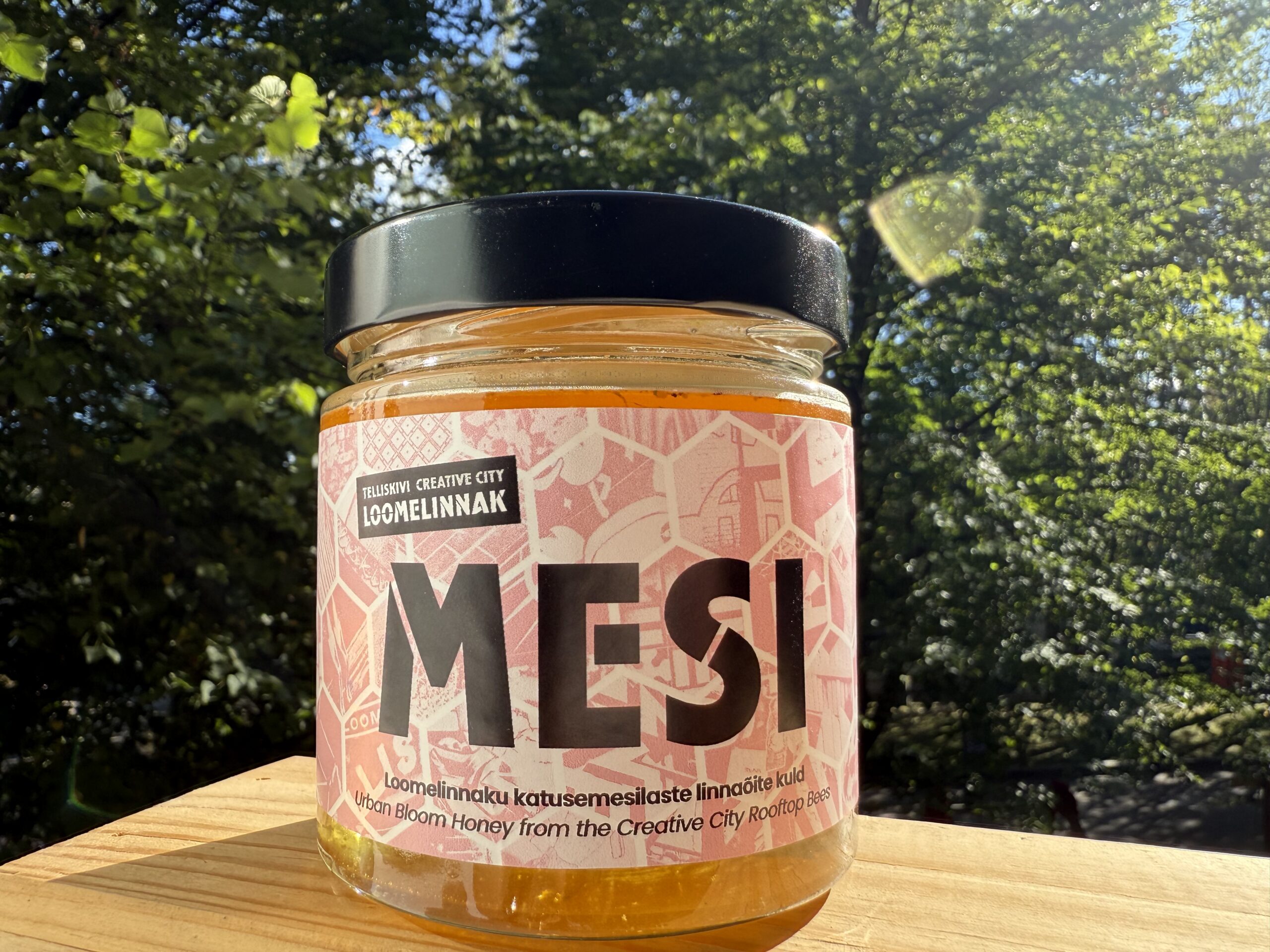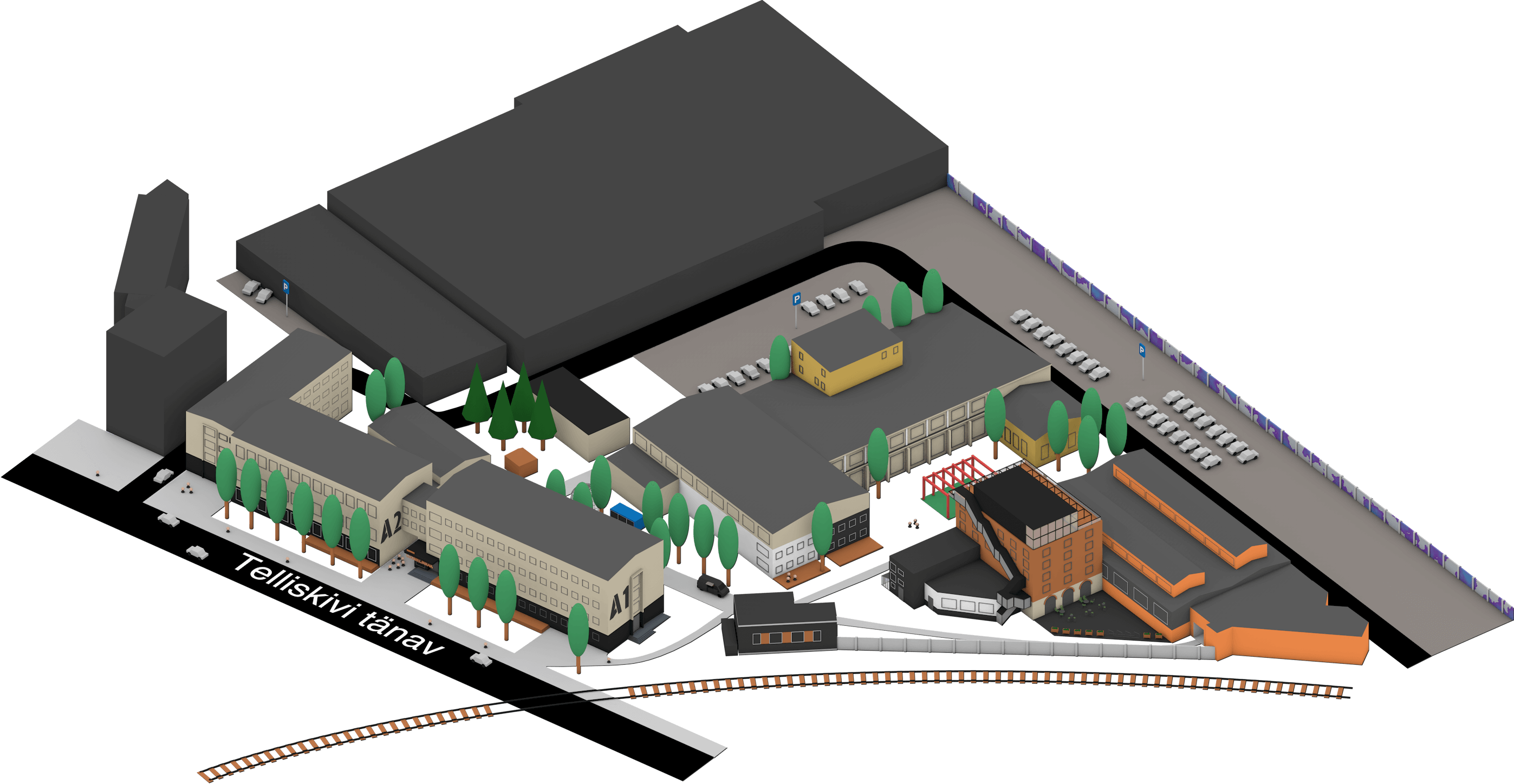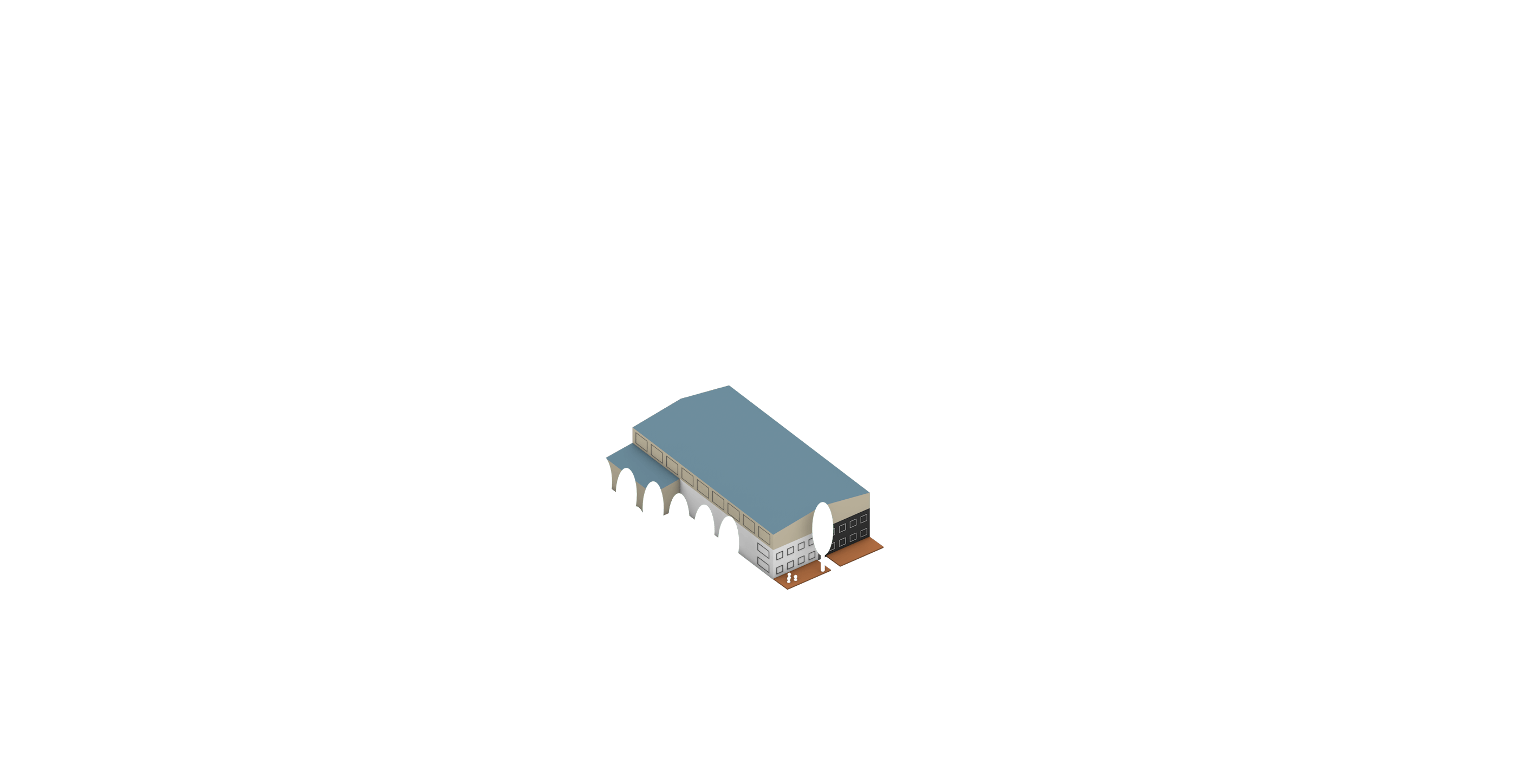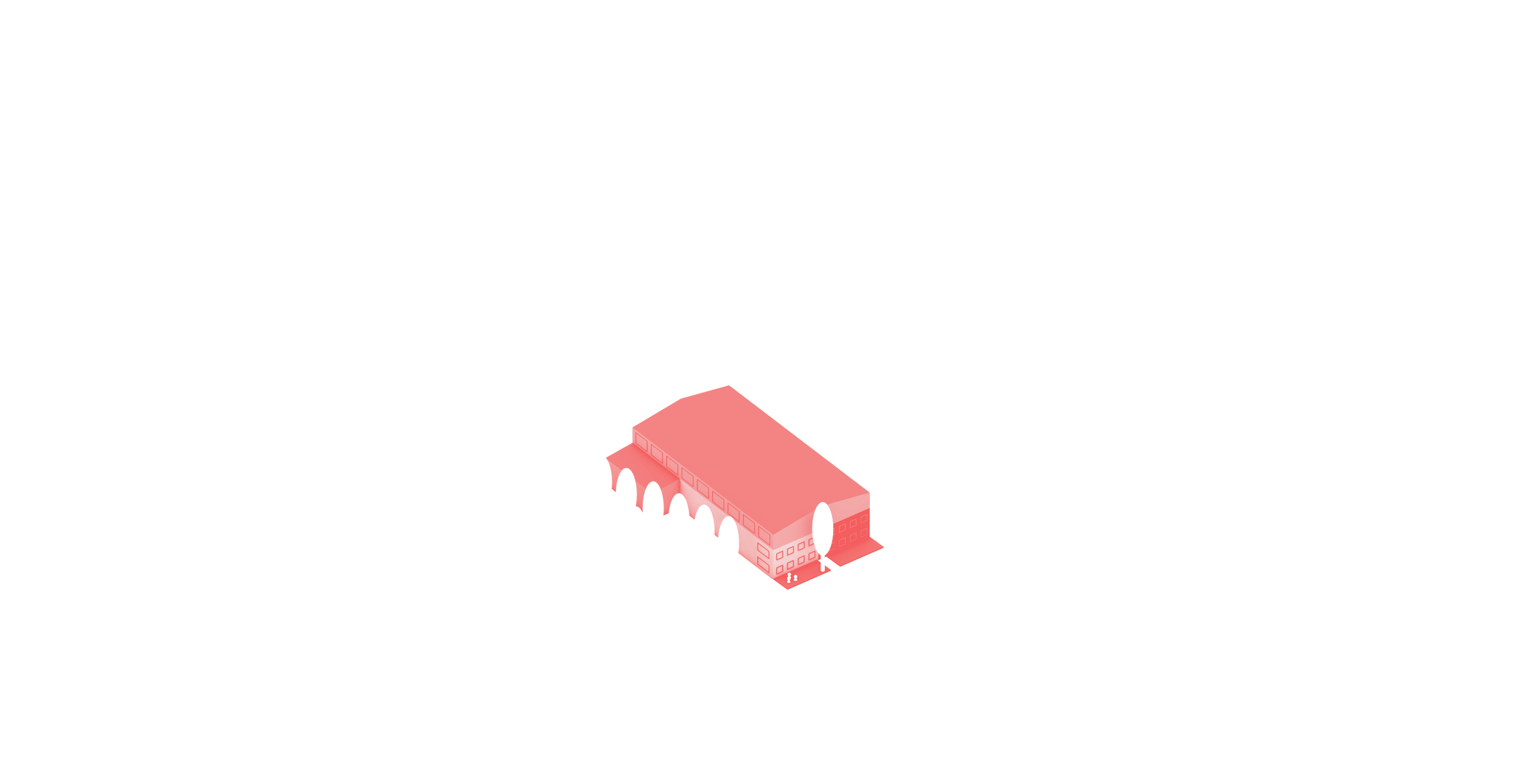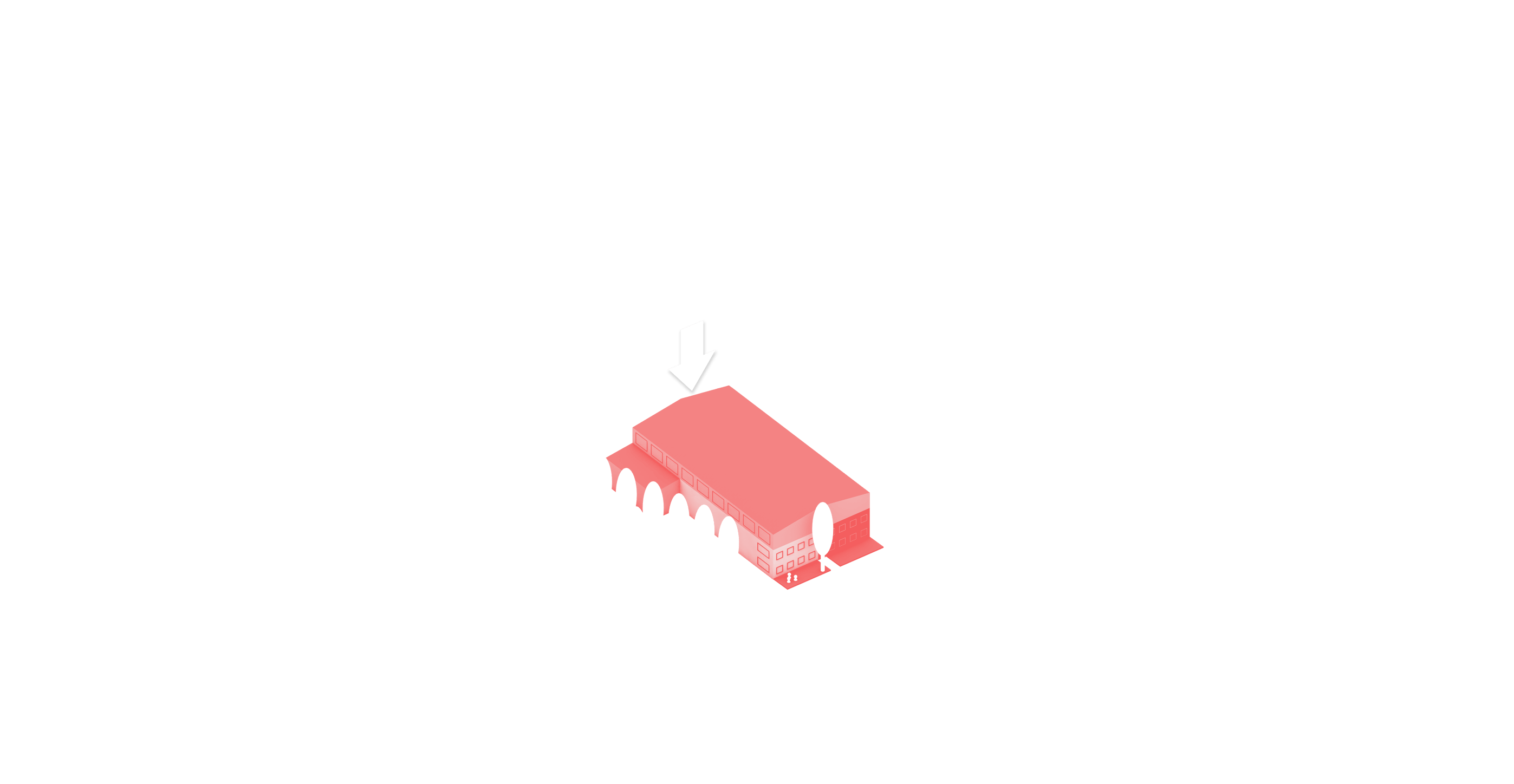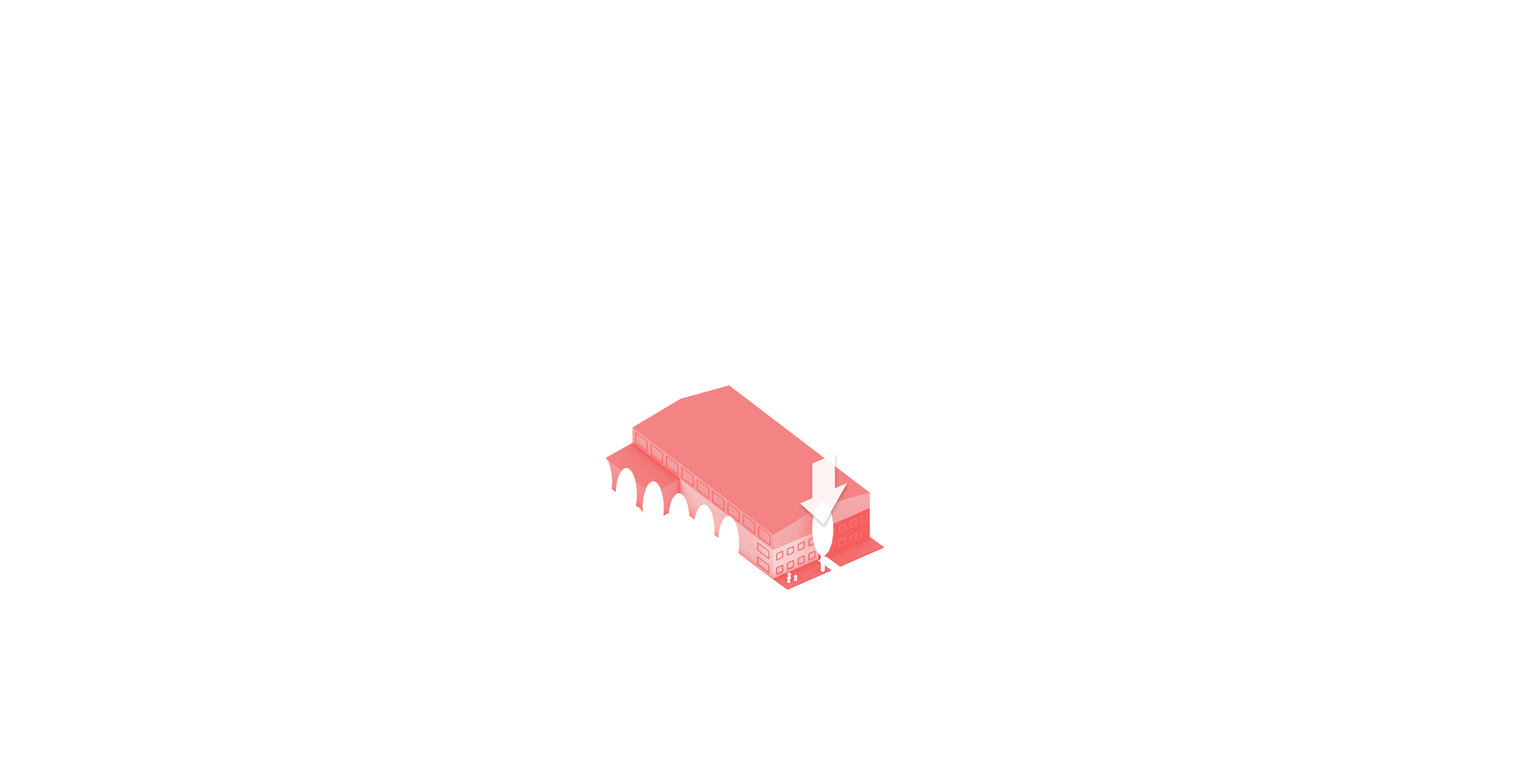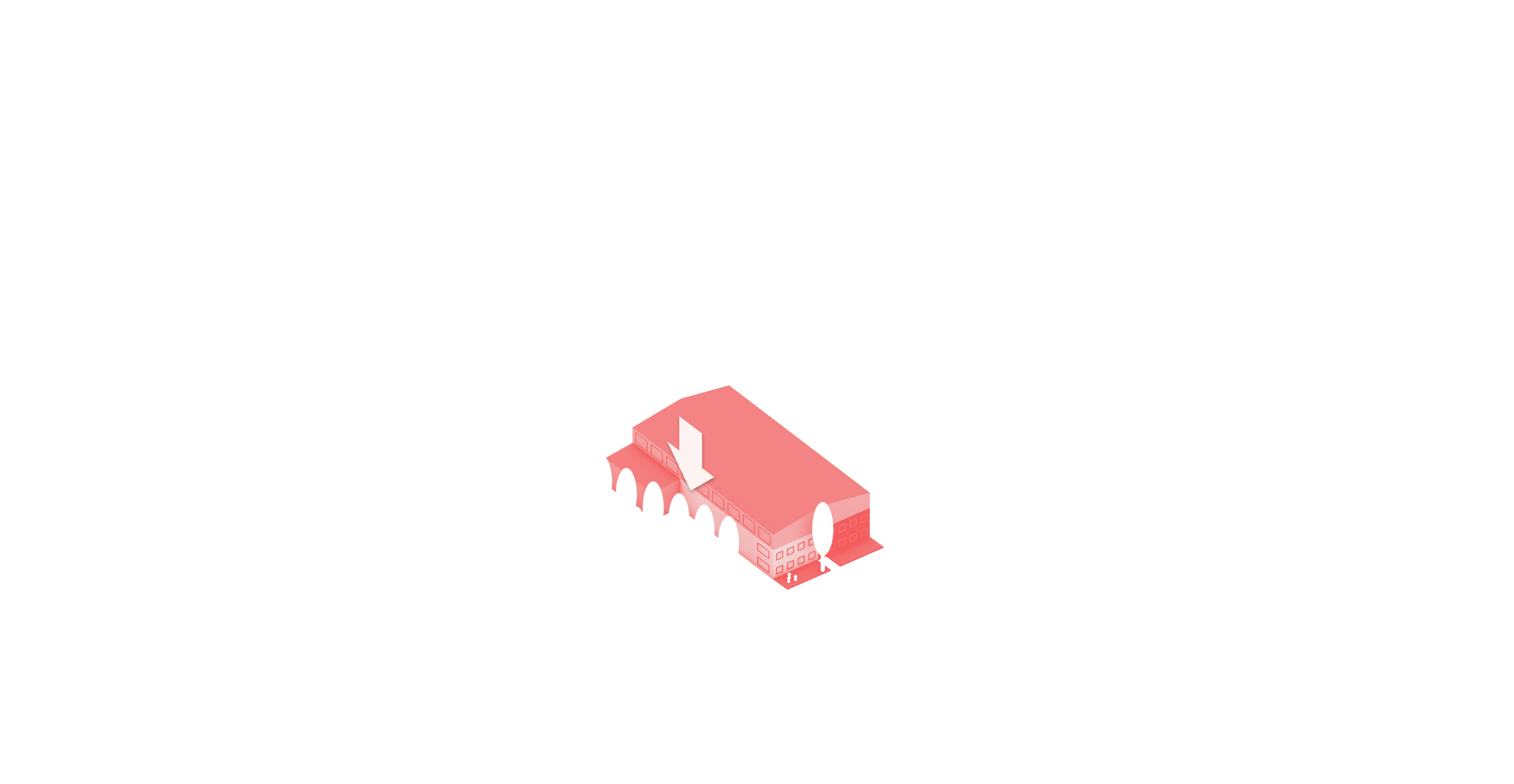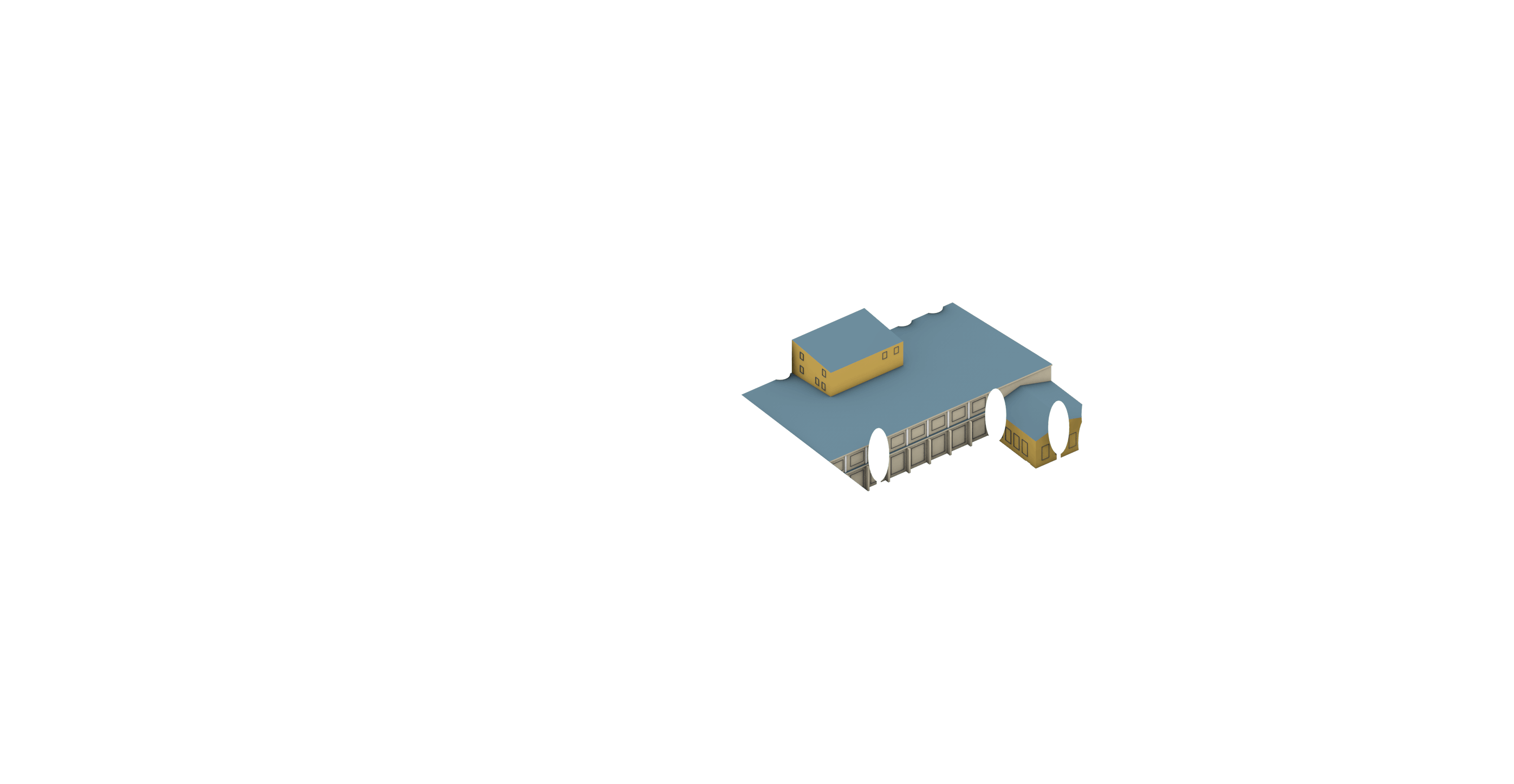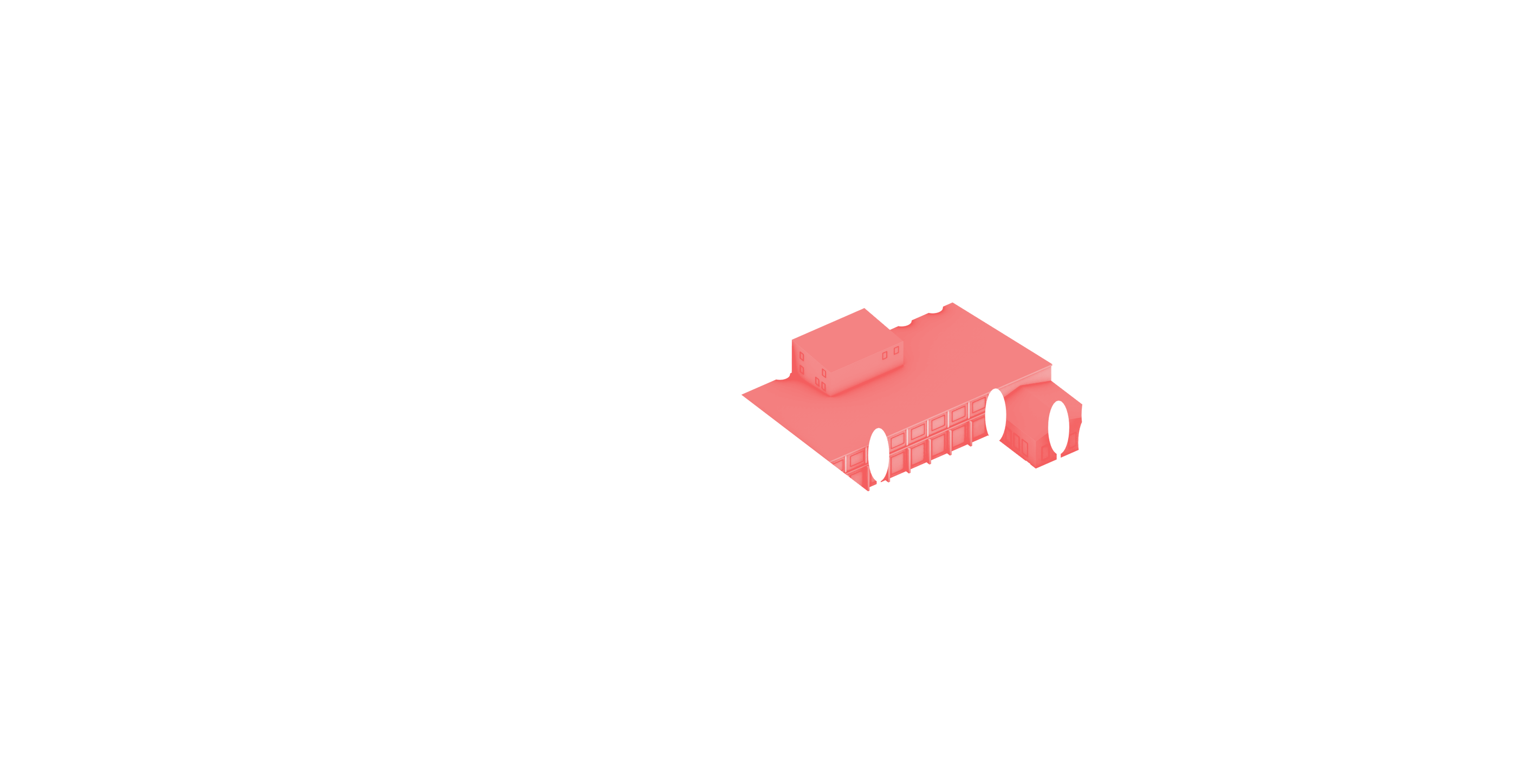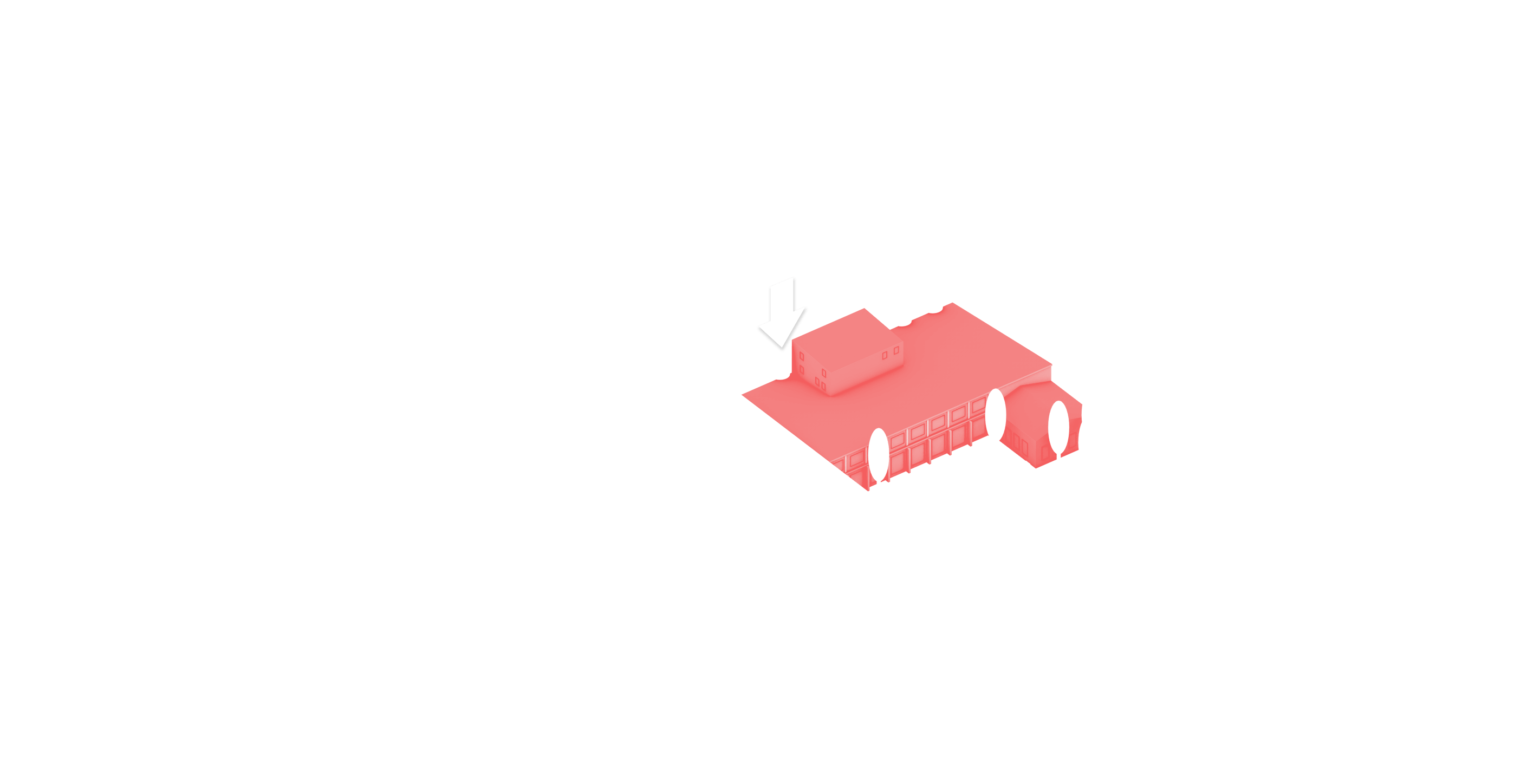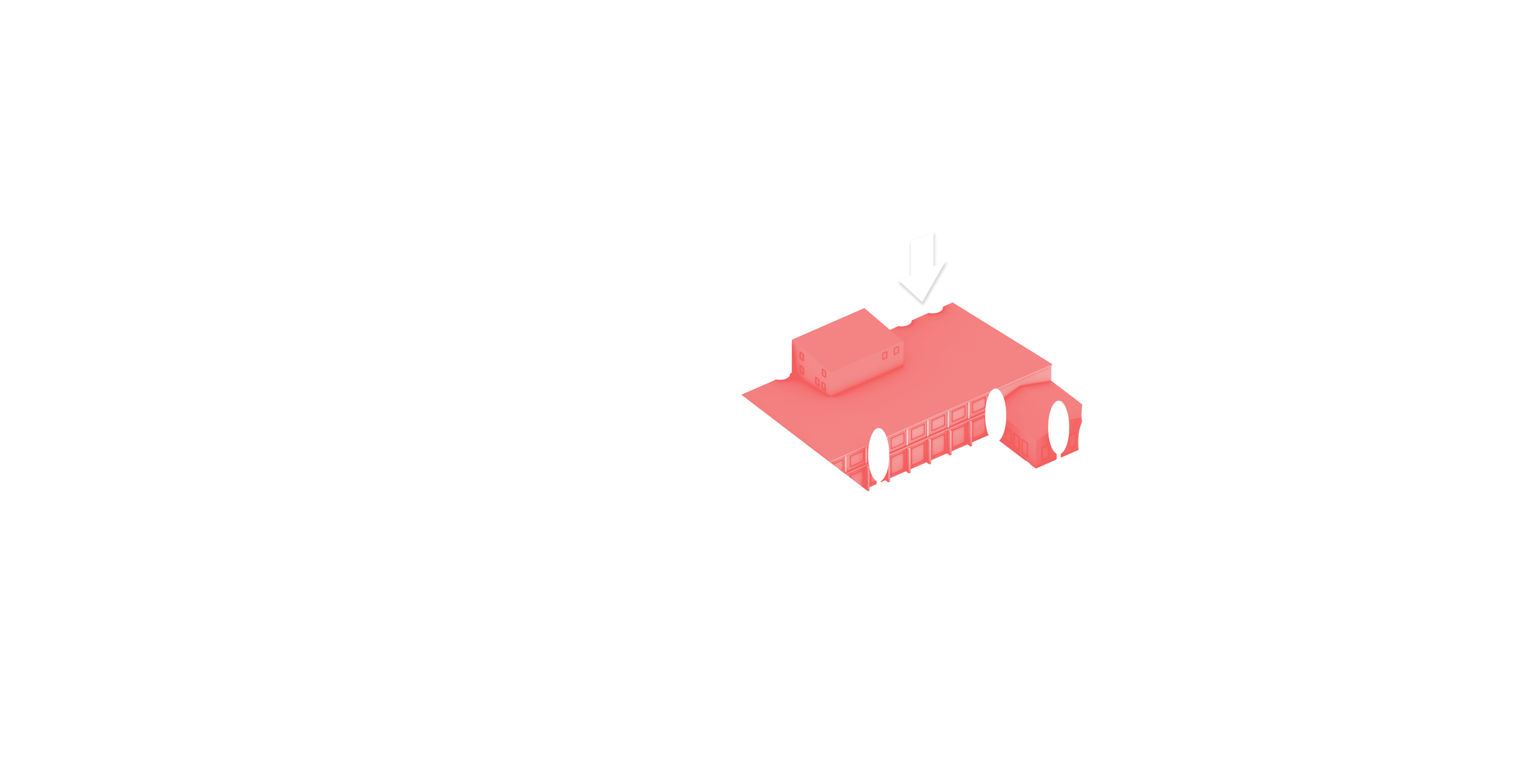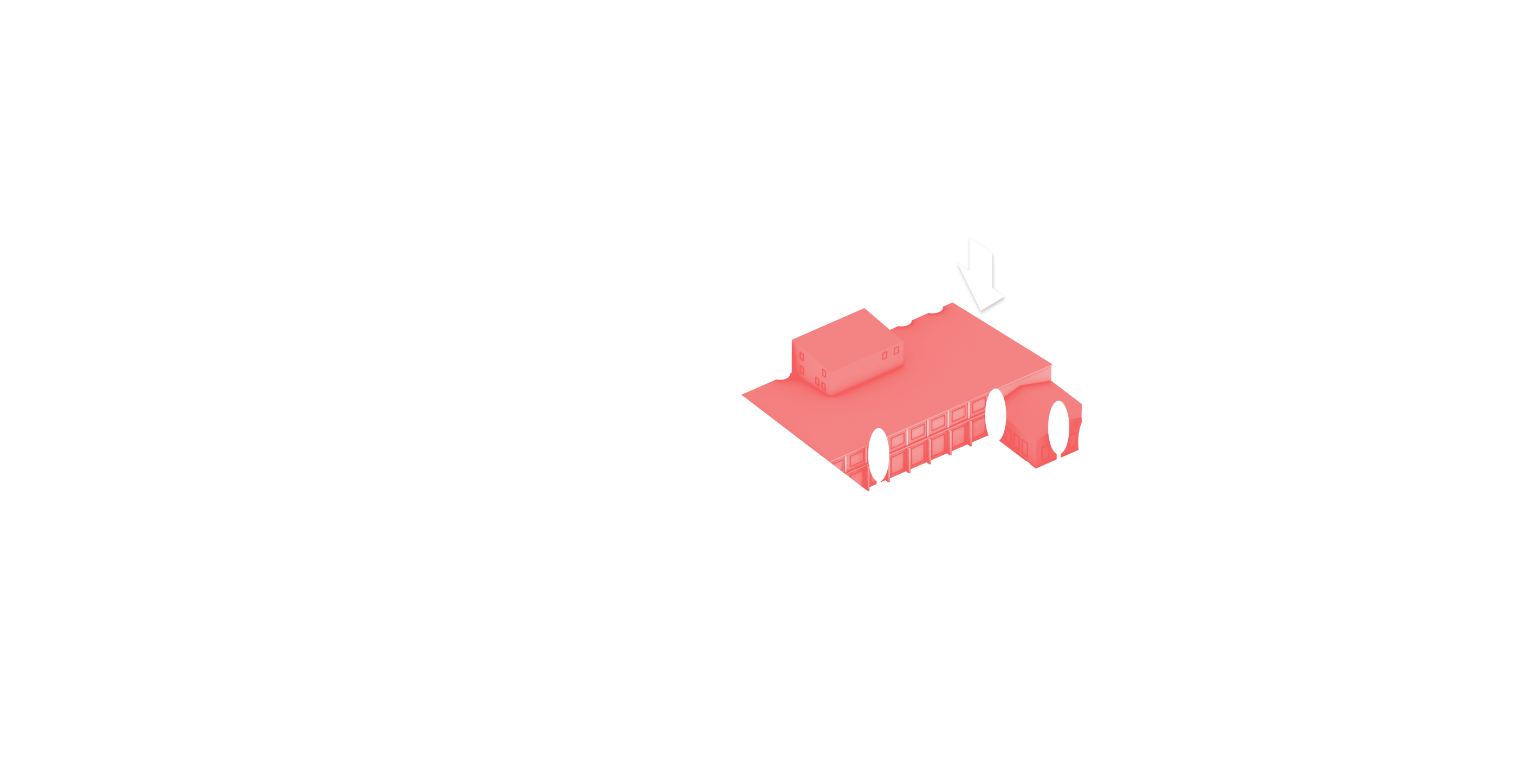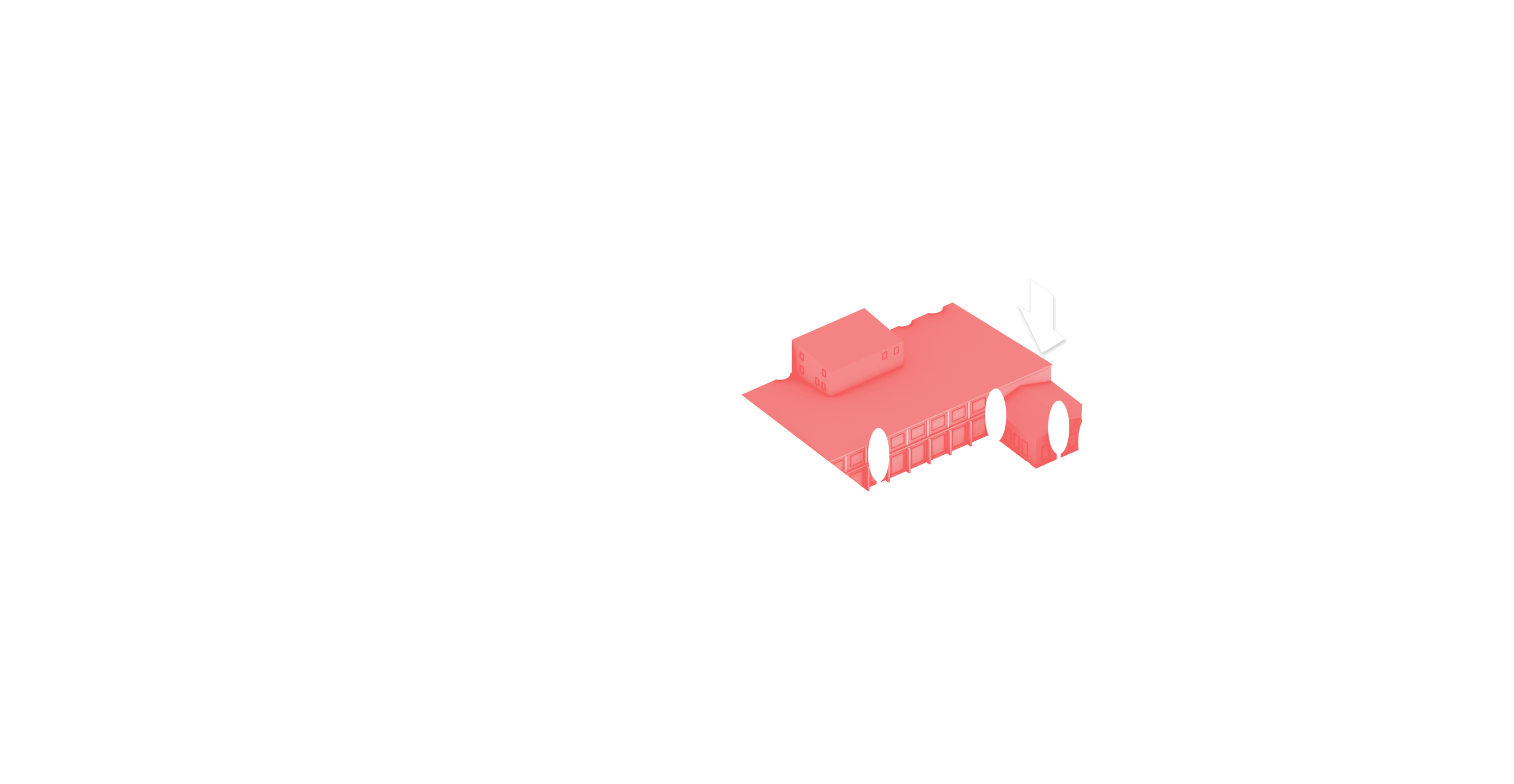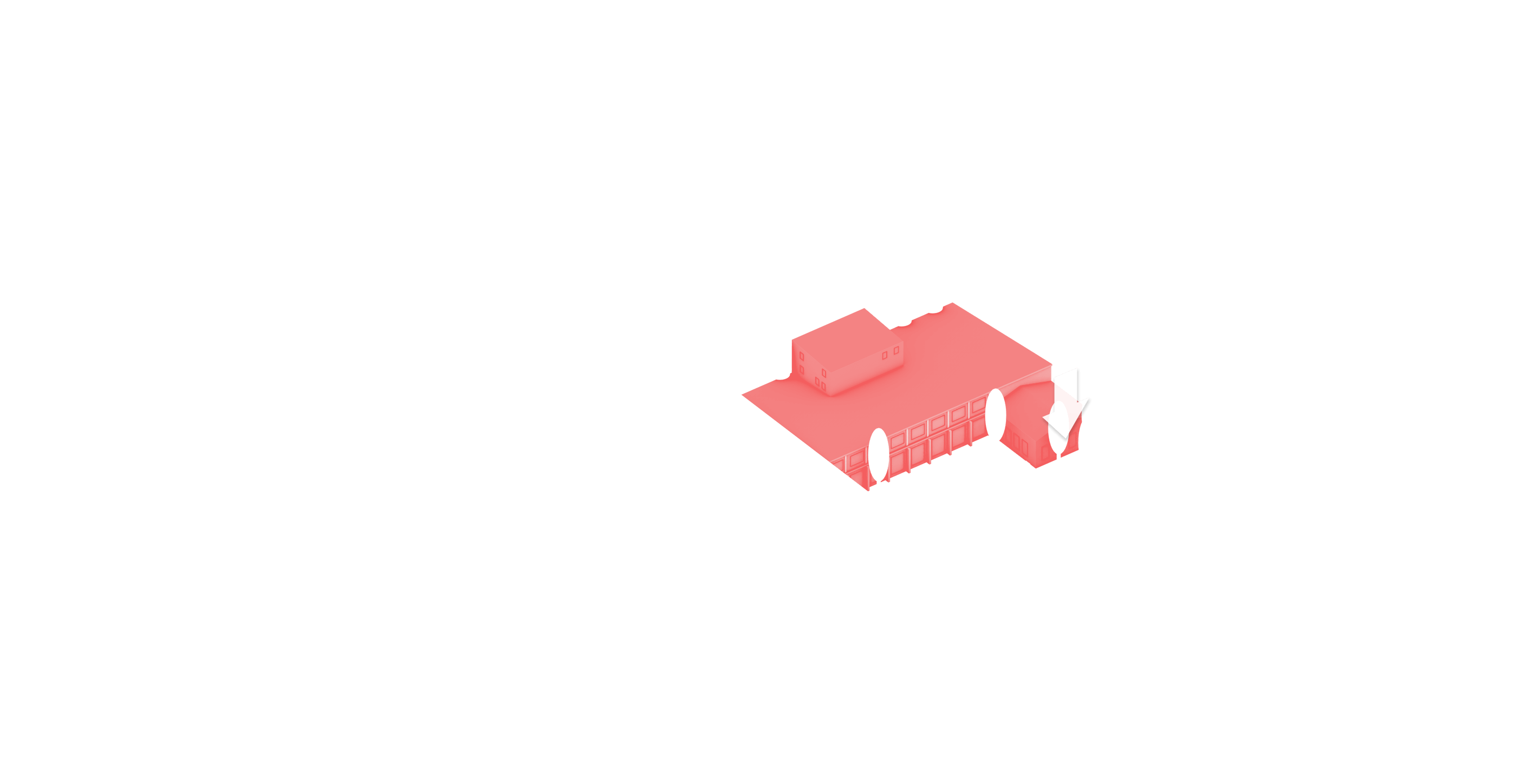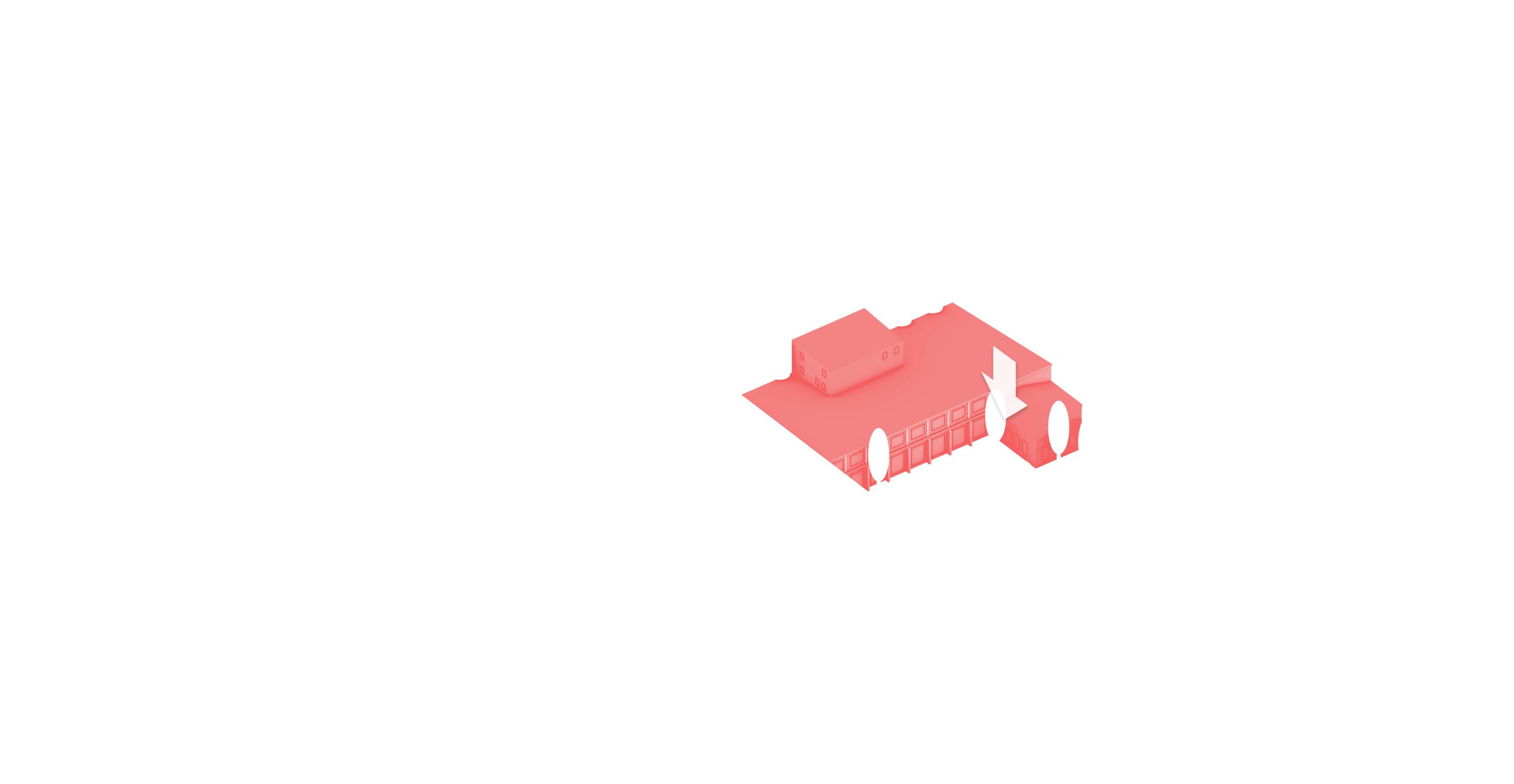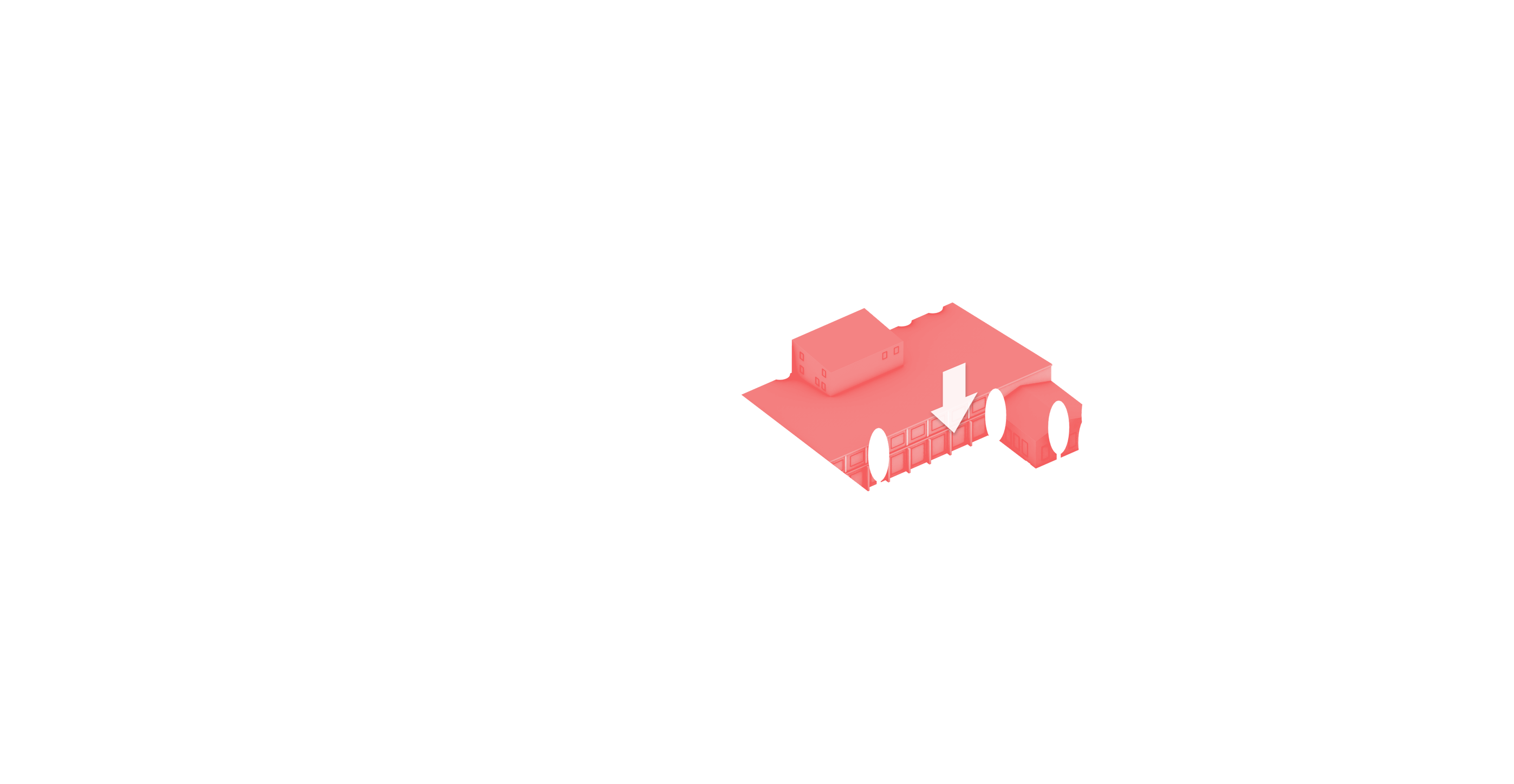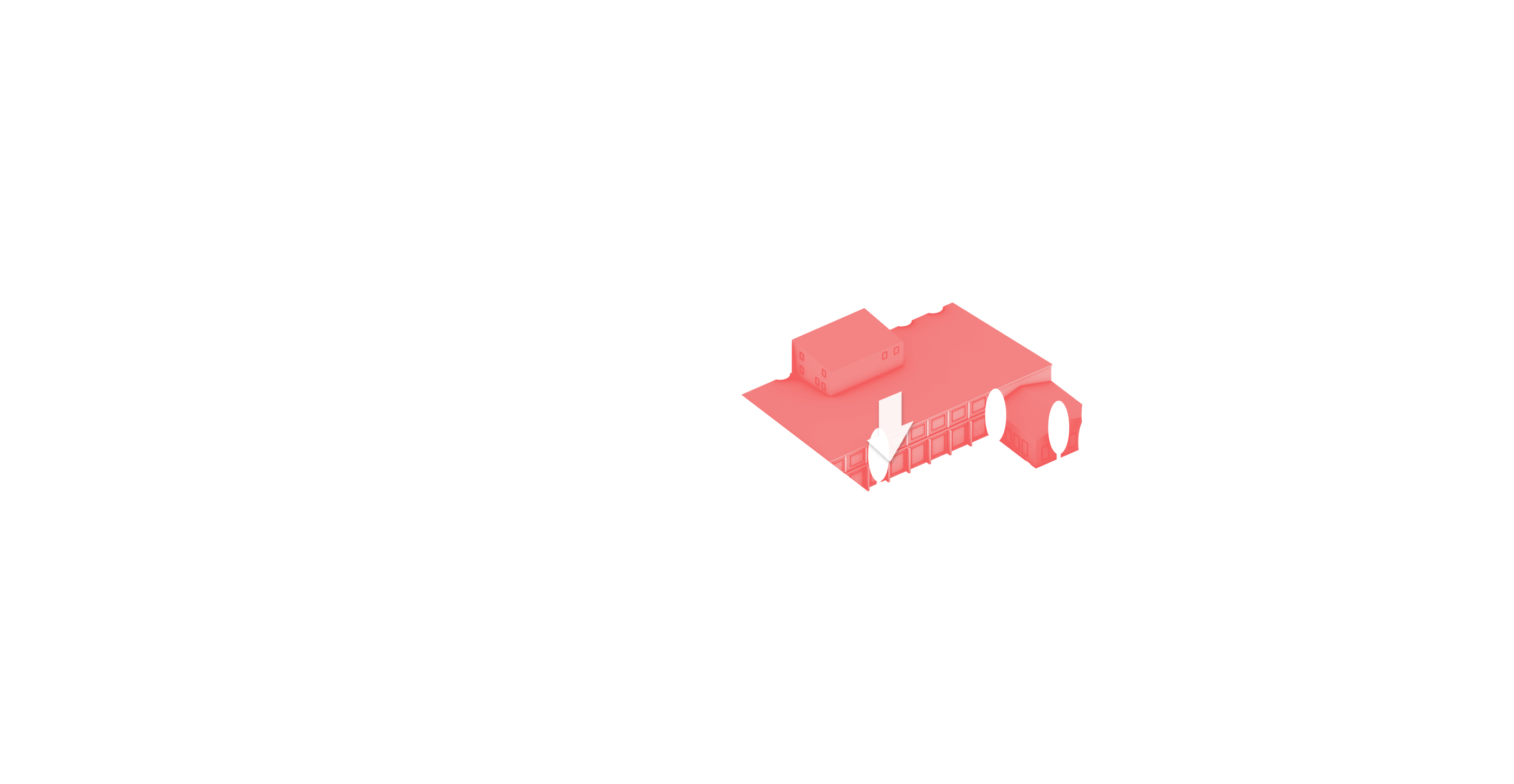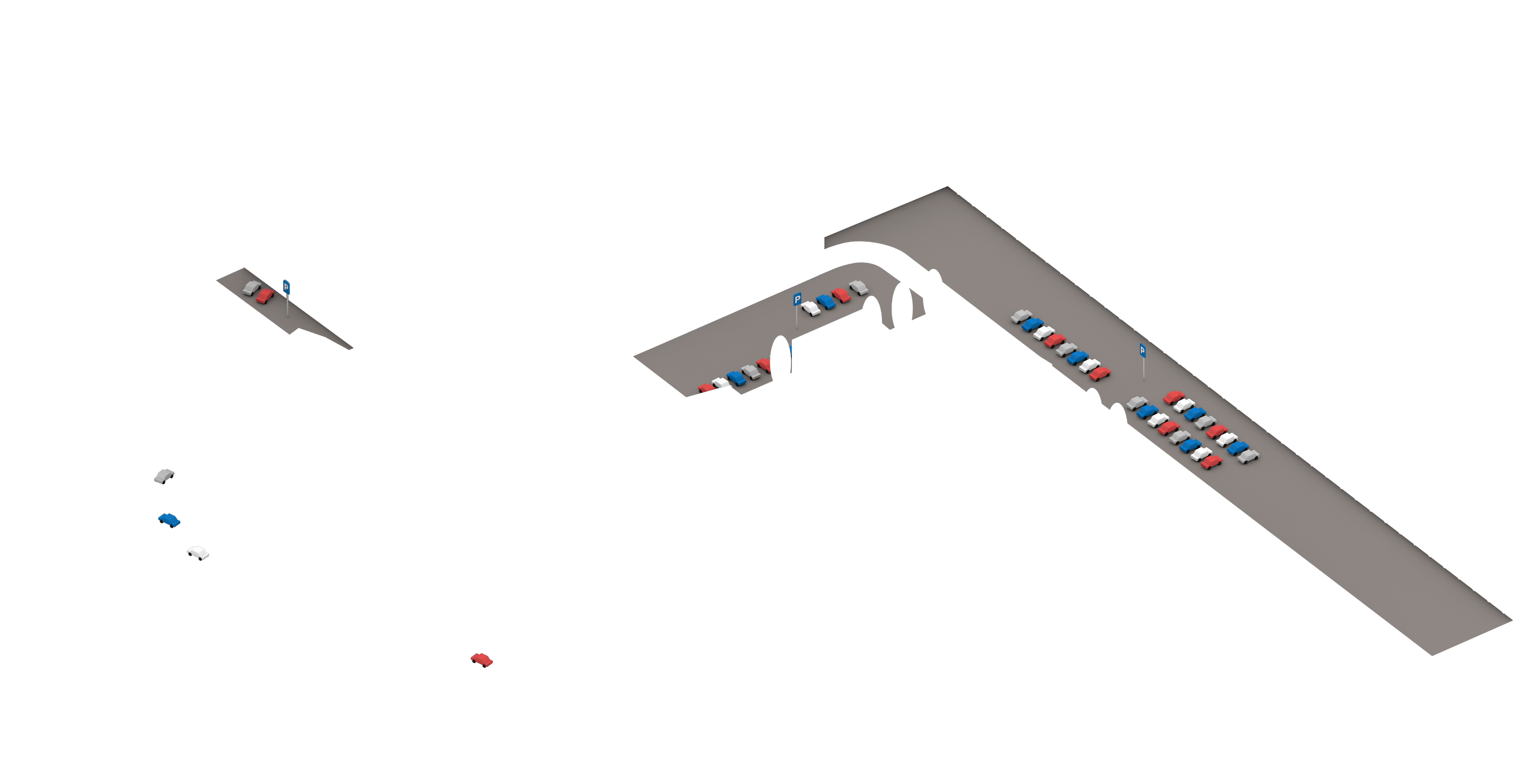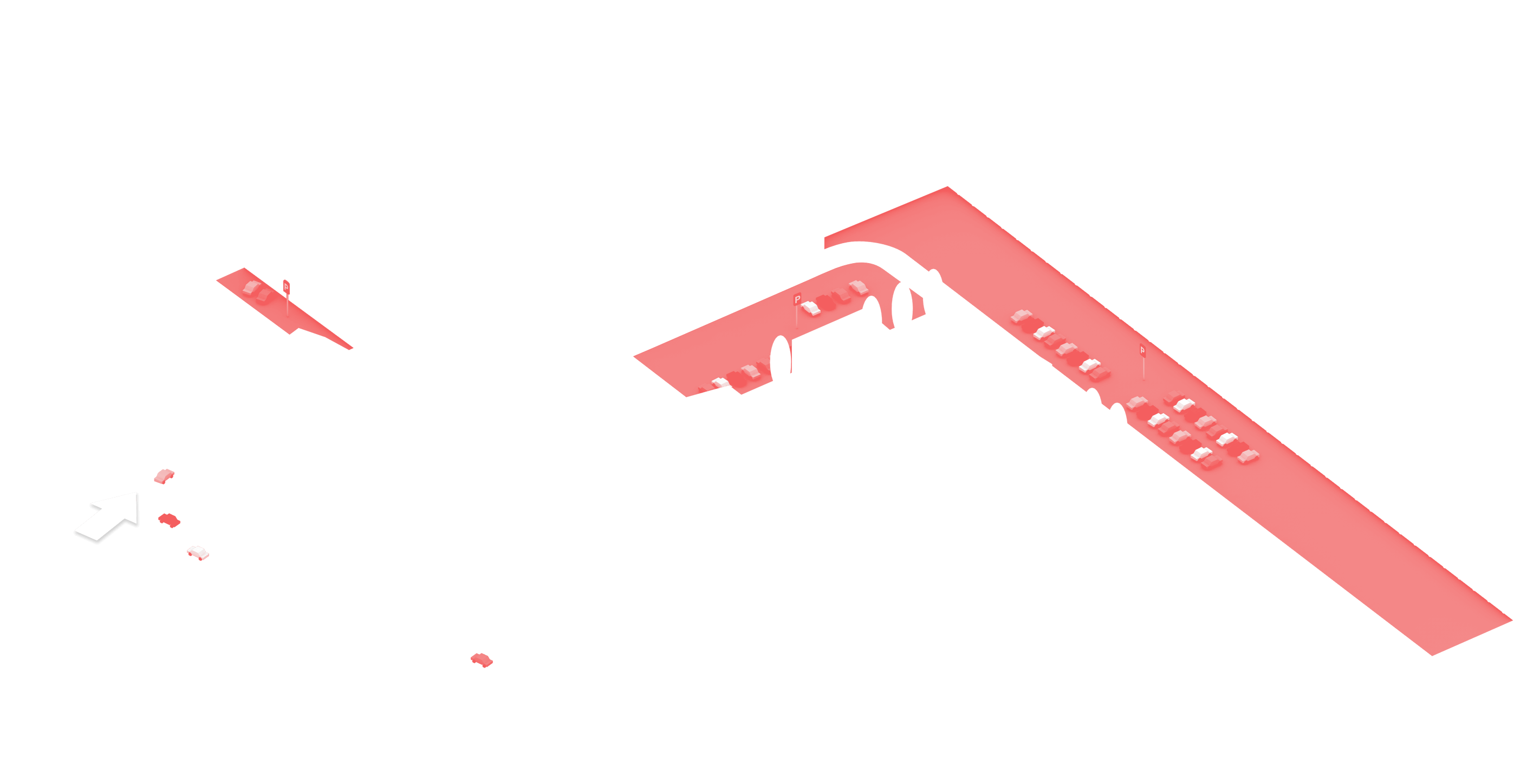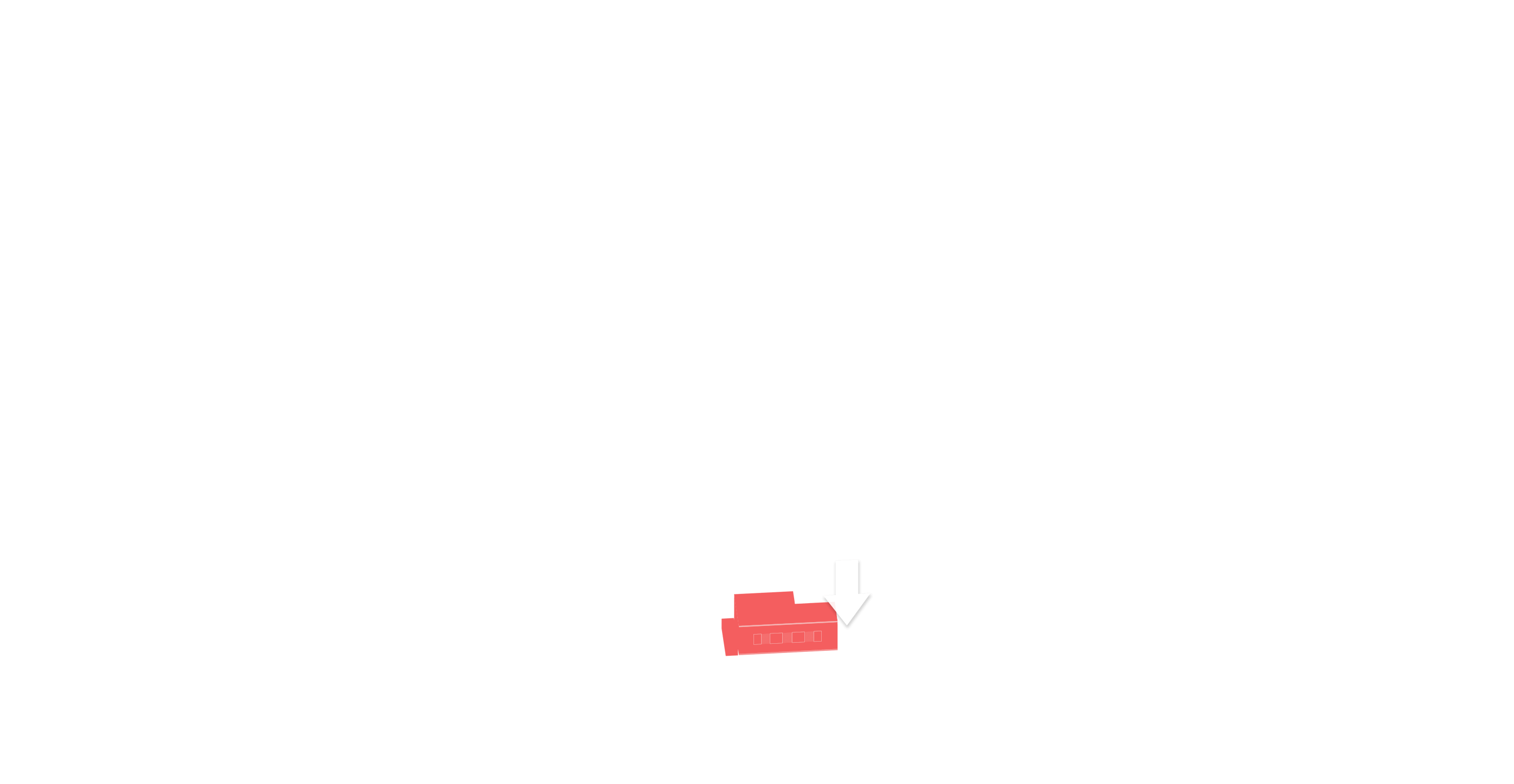
Rooftop bees
Did you know that @ Telliskivi Creative City we have our own rooftop 🐝 ?
Telliskivi Creative City bees
Creative City’s rooftop bees have been here for some time, but for the first time this year we are bringing them closer to all of us and our guests. And with that, honey is also available in our restaurants and cafes. In terms of honey harvesting, the May-June period is especially important, when most honey is usually collected. The rainy and cool summer significantly reduces honey harvesting, but despite this, there is every reason to be grateful for this year’s harvest.
Why do we do it?
It can be said that keeping bees is both a practical activity and a worldview choice. The presence of bees in the Creative City is a way to express respect and care for nature, to be environmentally conscious and have a sustainable mindset. And the golden drops in each honey jar are also symbolically a golden vibe that our community of residents carries within themselves and gives to the world.
Why are bees important?
Bees are key to maintain the balance of human food, biodiversity and ecosystems.
Pollination.
Bees are one of the most important pollinators in the world. They help fertilize plant flowers by transferring pollen from one flower to another. Approximately 75% of the world’s major food crops depend at least in part on pollinators, including bees.
Food production.
Bees are responsible for many of our foods, such as apples, strawberries, cherries. And more. Without bees, the yield and diversity of food crops would decrease.
Biodiversity and ecosystems.
Bees help maintain natural ecosystems by pollinating wild plants. This supports biodiversity, as many animals and insects get their food from the plants that bees pollinate.
Economic importance.
The value of bee pollination services to the global economy is estimated to be hundreds of billions.They also produce honey, wax, propolis and royal jelly, which are used by humans for food and medicine.
Environmental health indicators.
The well-being of bees also indicates the general state of nature. When bees are only a few or dying, this often indicates environmental problems such as overuse of pesticides, loss of habitat or climate change.
Telliskivi Creative City honey
As a district of Northern Tallinn, with its rich home gardens, it offers a rich food table for bees. The usual collection radius of bees is about 1–2 km from the hive. If there are enough flowering plants nearby, the bees usually do not fly further, as they prefer to save energy. Just as the story written on the jar tells us, the golden taste of the sun in the jars has been collected through the crisp mornings of Kalamaja and the mellow evenings of Pelgulinn. The unique regional character of the Creative City, as we have come to like to say in French, “Le Terroir”, conveys the same rich taste of home gardens and the long-blooming scent of city flowers. Since fewer pesticides are used in city gardens than in the field, it can even be said that this honey is cleaner than the farmer’s – this is confirmed by the most recent analyses of the Creative City honey conducted a few years ago.
You can find our pink honey jar at F-hoone Lendav Taldrik Fika – Leib ja Kohv Kivi Paber Käärid Von Krahl bar Frenchy Aarde Pagar Põhja Konn FoodStudio Telliskivi on the shelves – kindly add your hot drink and trade some to take home 😋 Also Fotografiska restaurant and rooftop garden has its own bees, so I trust that you can find a golden jar also from their selfs or the cafe and giftshop on the ground floor.
